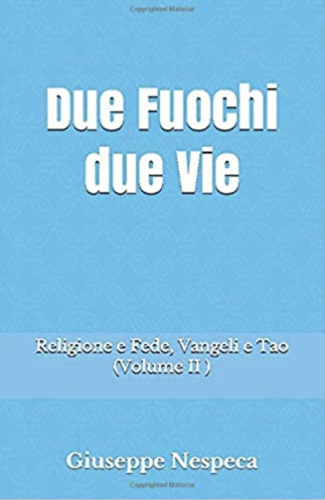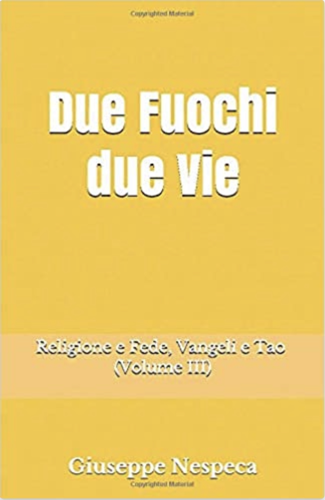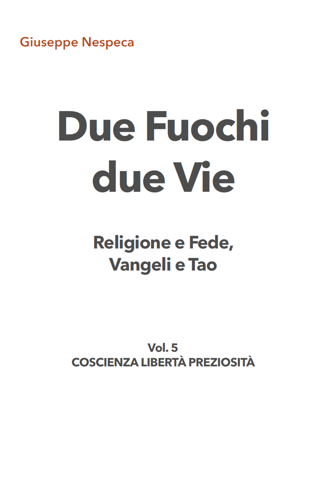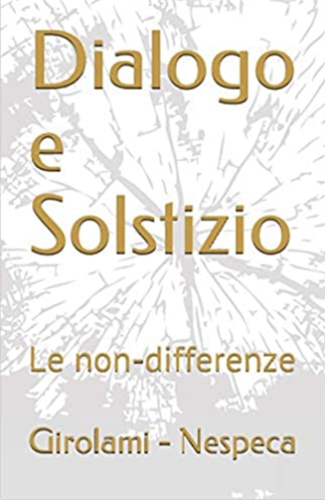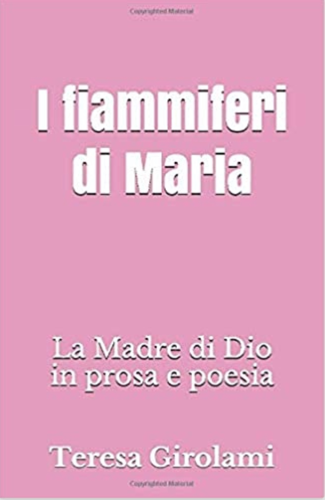Today we celebrate "with joy the Nativity of the Blessed Virgin Mary: from her arose the sun of justice, Christ, our God!"
This Marian feast is an invitation to joy, precisely because with the birth of Mary Most Holy, God gave the world a concrete guarantee that salvation was now imminent: humanity, which for millennia, in more or less conscious ways, had been waiting for something or someone who could free it from pain, evil, anguish and despair, and which had found in the Chosen People, especially in the Prophets, the spokespeople of the reassuring and consoling Word of God, could finally look, moved and anxious, to Mary "the Child," who was the point of convergence and arrival of a complex of divine promises, mysteriously echoed in the very heart of history.
It is precisely this Child, still small and fragile, who is the 'Woman' of the first announcement of future Redemption, set by God in opposition to the tempting serpent: 'I will put enmity between you and the woman, between your offspring and her offspring: he will crush your head and you will strike his heel!' (Gen 3:15).
It is precisely this Child who is the 'Virgin' who 'will conceive and bear a Son, who will be called Emmanuel, which means: God with us' (cf. Is 7:14; Mt 1:23).
It is precisely this Child who is the "Mother" who will give birth in Bethlehem to "the one who is to be ruler over Israel" (cf. Mt 5:1f).
Today's liturgy applies to Mary the passage from the Letter to the Romans in which St Paul describes God's merciful plan for the elect: Mary is predestined by the Trinity for a very high mission; she is called; she is sanctified; she is glorified.
God predestined her to be intimately associated with the life and work of his only-begotten Son. For this reason, he sanctified her in a wonderful and unique way from the first moment of her conception, making her "full of grace" (cf. Lk 1:28); he made her conform to the image of his Son: a conformity that, we can say, was unique, because Mary was the first and most perfect disciple of the Son.
God's plan for Mary culminated in that glorification which made her mortal body conform to the glorious body of the risen Jesus. Mary's assumption into heaven, body and soul, represents the final stage in the story of this creature, in whom the heavenly Father manifested his divine pleasure in an exalted manner.
The whole Church, therefore, cannot fail to rejoice today in celebrating the Nativity of Mary Most Holy, who - as St John Damascene movingly affirms - is that 'virginal and divine door, from which and through which God, who is above all things, is about to make his bodily entrance into the world... Today a shoot has sprung from the trunk of Jesse, from which a Flower substantially united with the divinity will be born into the world. Today, on earth, from earthly nature, He who once separated the firmament from the waters and raised it high, has created a heaven, and this heaven is far more divinely splendid than the first!" (St John Damascene, Homily on the Nativity of Mary: PG 96,661s).
3. Looking to Mary means mirroring ourselves in a model that God himself has given us for our elevation and sanctification.
And Mary today teaches us first of all to keep intact our faith in God, the faith that was given to us in Baptism and that must continually grow and mature in us throughout the various stages of our Christian life. Commenting on the words of St. Luke (Lk 2:19), St. Ambrose expresses himself thus: "We recognise in everything the modesty of the Holy Virgin, who, unblemished in body as well as in words, meditated in her heart on the matters of faith" (St Ambrose, Expos. Evang. sec. Lucam, II, 54: CCL, XIV, p. 4). We too, dear brothers and sisters, must continually meditate in our hearts on "the things concerning the faith"; that is, we must be open and receptive to the Word of God, so that our daily life - on a personal, family and professional level - may always be in perfect harmony and coherence with the message of Jesus, with the teaching of the Church, and with the examples of the Saints.
Mary, the Virgin Mother, reaffirms to us all today the supreme value of motherhood, the glory and joy of women, and also that of Christian virginity, professed and accepted 'in view of the Kingdom of Heaven' (cf. Mt 19:12), that is, as a testimony, in this transitory world, of that final world, in which the saved will be "like the angels of God" (cf. Mt 22:30).
[Pope John Paul II, homily in Frascati, 8 September 1980]






